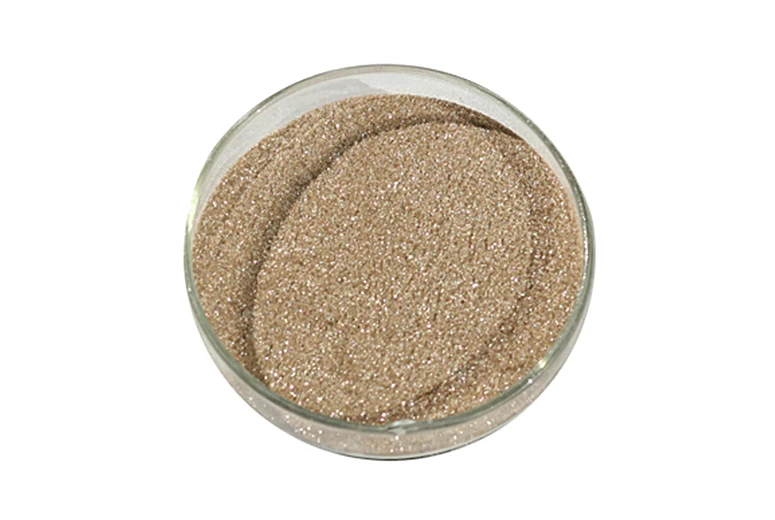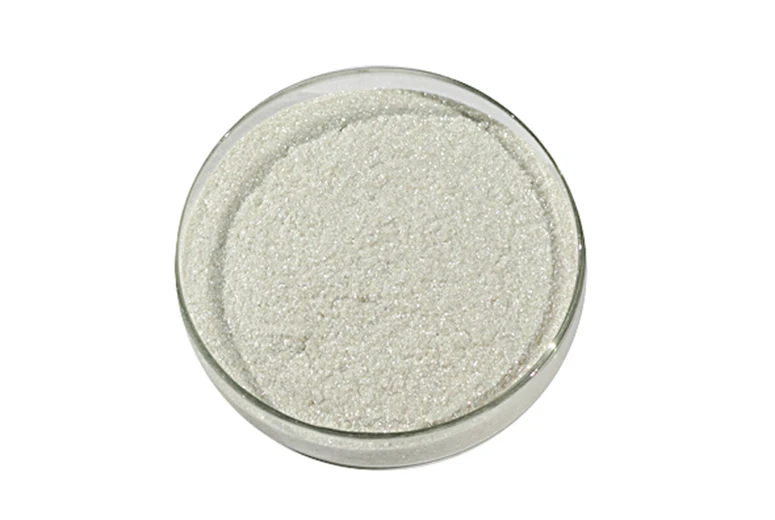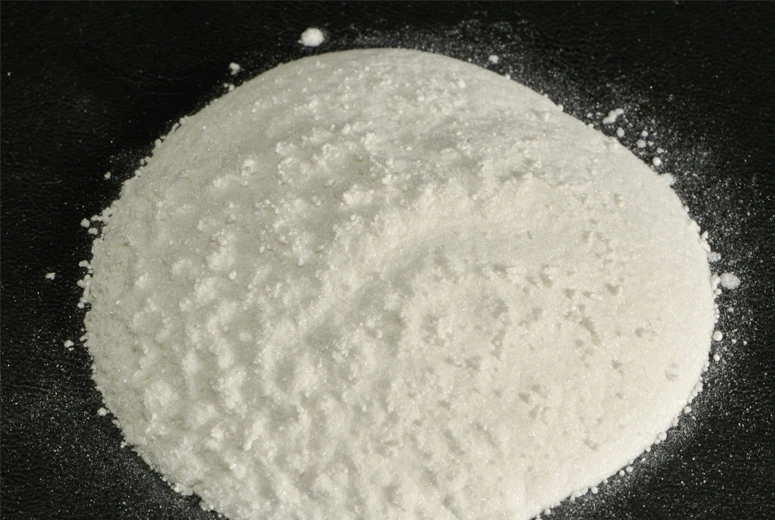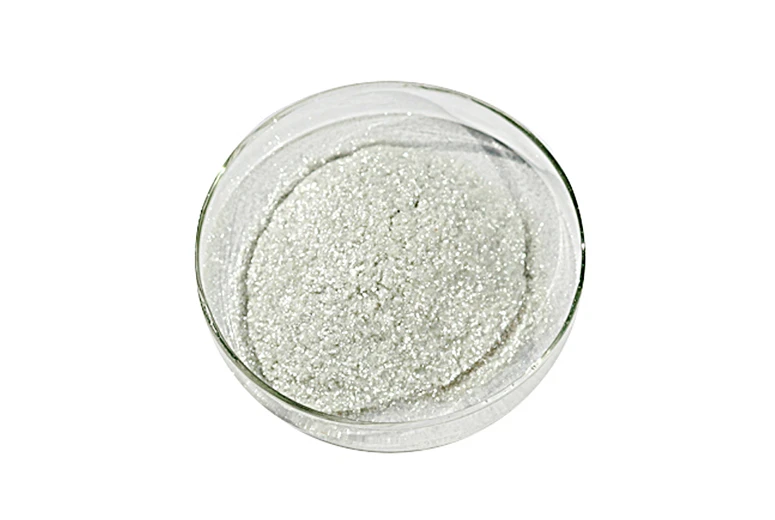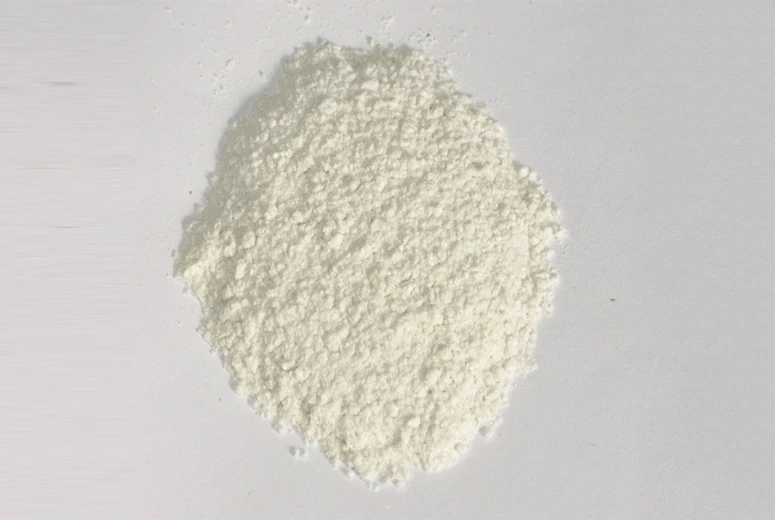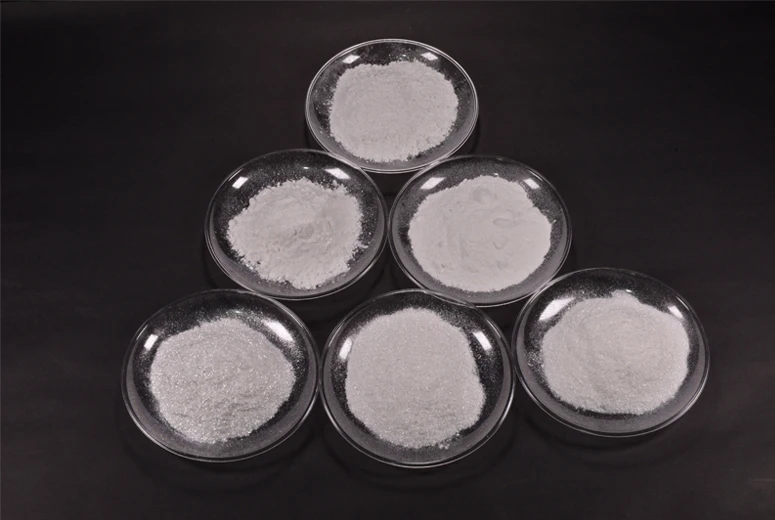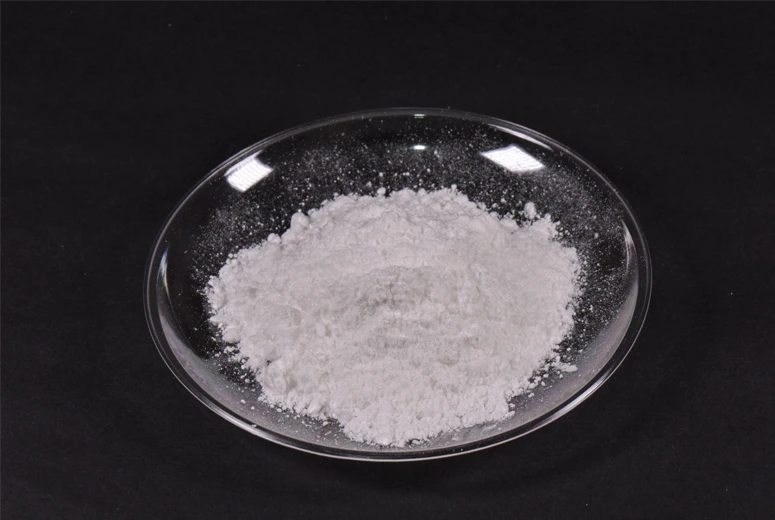Blue Mica Flakes for Decorative Concrete & Crafts
The use of blue mica flakes in advanced material applications has surged over the last decade owing to their unique structure, vibrant optical properties, and impressive performance in demanding environments. This guide delves into the latest industry trends, manufacturing processes, technical standards, and application advantages of blue mica flakes, alongside authoritative product data and market comparisons.
- Main Keyword: Blue mica flakes
- Related: Chameleon mica flakes, mica mineral flakes, mica chips for concrete
- Focus Product: 200HCD Synthetic Mica Powder

Innovations in surface engineering and color technology have expanded the use of blue mica flakes and related products (chameleon mica flakes, mica mineral flakes, mica chips for concrete) across automotive, decorative coatings, plastics, and high-performance flooring. Synthetic mica’s higher purity and optical clarity, compared to natural mica, provide a significant advantage in applications requiring brilliance and durability.
| Parameter | Blue Mica Flakes | Chameleon Mica Flakes | Mica Mineral Flakes | Mica Chips (Concrete Grade) |
|---|---|---|---|---|
| Color Effect | Deep blue, metallic luster | Multicolor/polychromatic | Natural silver/gray | Silvery to grayish |
| Particle Size | 10-120 μm (customizable) | 10-60 μm | 20-150 μm | 2-12 mm |
| Purity | >99% | 98%-99% | 90%-95% | 88%-90% |
| Source | Synthetic | Synthetic/Natural | Natural | Natural (Mainly Scrap) |
| Thermal Stability | >900℃ | 750-900℃ | 500-650℃ | 600℃ |
| Electrical Insulation | Excellent (Dielectric loss ≥1x109Ω·cm) | Very good | Good | Moderate |
| Core Application | Effect pigments, anti-corrosion coatings | Cosmetic pigments, automotive paints | Insulation, cement admixture | Decorative floors, terrazzo concrete |
200HCD Synthetic Mica Powder is produced using a controlled high-temperature crystallization process. The workflow ensures uniform particle size, exceptional brilliance, and thermal/chemical stability. The typical production process involves:
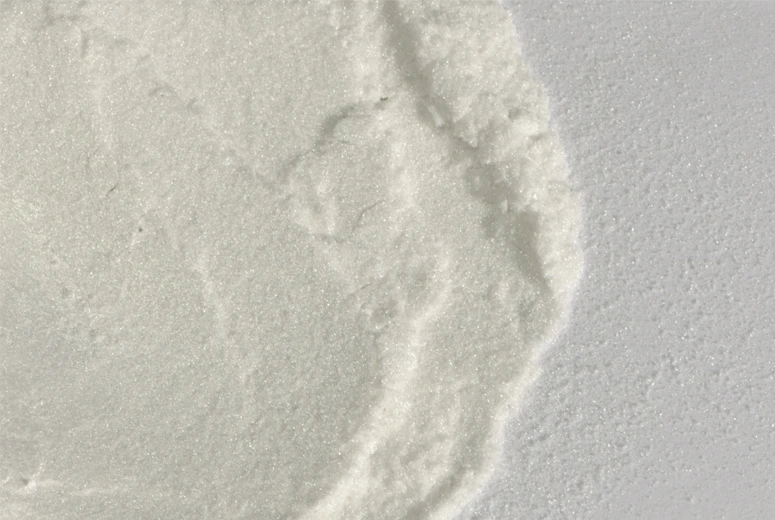
- Raw Material Selection: Purified mica mineral flakes (raw kaolinite, quartz, potash feldspar).
- Fusion & Synthesis: Materials melted at 1350-1450°C in platinum crucible.
[ISO 9001:2015 Certified] - Crystallization: Slow cooling under controlled atmosphere for crystal lattice formation.
[ANSI/ASTM-C1710 Compliant] - Sheeting & Milling: Synthetic mica sheets formed and milled to desired flake size.
- Surface Treatment: Coated with TiO2 or ferric oxide for color-rich effect.
- Screening & Quality Control: Particle size classified; dielectric & purity tested.
- Packaging: Packed in moisture-proof container111s, traceable batch coding.

Process Flow Diagram: Blue Mica Flakes Production
- Flake Size Distribution: D50 30-90μm (customizable: 10μm~120μm)
- Thermal Resistance: >900°C (qualified by ISO-9001, ASTM D430)
- Dielectric Strength: ≥1x109Ω·cm
- Color Index: L* 80-95, b* -4~-10 (CIE1931 standard)
| Parameter | Unit | Specification | Standard/Notes |
|---|---|---|---|
| Color | - | Deep Blue | Visible spectrum, D65 light |
| Average Particle Size (D50) | μm | 45-65 | ASTM D4464 |
| Purity (SiO2 Content) | % | >99% | ISO 9001/QC |
| Moisture Content | % | <0.4 | Mess Method |
| Bulk Density | g/cm³ | 0.38-0.52 | ASTM D1895 |
| pH Value | - | 6.5–9.0 | - |
| Thermal Stability | °C | Up to 950 | ISO 9001 |
| Whiteness (R457) | % | >90 | ISO 2469 |
| Electrical Insulation | Ω·cm | >1x109 | ASTM D257 |
Compared to traditional mica mineral flakes, 200HCD provides higher optical purity, better heat resistance, enhanced uniformity, and robust dielectric properties, making it a leading choice in technologically demanding industries.
The unique combination of structural brilliance, high electrical insulation, and chemical inertness positions blue mica flakes as a sought-after additive for:
- Petrochemical: Pipeline anti-corrosion coatings, electrical insulation components, and catalyst supports. 200HCD’s resistance to acids and thermal shock ensures reliability.
- Metallurgy: Utilized in high-temperature furnaces and slag conditioners; maintains structure up to 950°C.
- Construction: Decorative concrete and resin floors with mica chips for enhanced wear resistance, luster, and anti-slip.
- Paints & Coatings: Automotive effects, maritime anti-corrosion layers, and premium colorant formulations.
- Water Treatment: Components for advanced filtration systems—chemically neutral, non-leaching, and ultra-stable under wet conditions.
- Electronics: Used as an insulating substrate for PCBs, capacitors, and thermal interface wafers.

Application Scene: Mica Chips in Decorative Concrete & Resin Floors
- Energy saving: Lower pigment % achieves the same luster as higher-dose natural mica
- Corrosion resistance: ISO 9227 salt spray test – meets >720h (marine coatings)
- UV/Weather-resistance: L* color retention >90% after 2-year real exposure
- Wear resistance: 0.08g/1000 rev (Taber abrasion, concrete)
- Non-toxic: FDA-21CFR certified, safe for environmental contact
| Company | Product Type | Key Certification | Material Source | Std. Particle Size | Application Focus |
|---|---|---|---|---|---|
| Hengjia Mica (200HCD) | Synthetic Mica Flakes | ISO 9001, EN 71-3, FDA | Synthetic | 10-120 μm | High-end coatings, anti-corrosion, electronics |
| Phlogopite Mica LLC | Natural & Modified Flakes | ISO 14001, REACH | Natural | 20-350 μm | Plastics, rubbers, construction |
| Yortay Pearl Pigment | Chameleon Mica Flakes | RoHS, ISO 9001 | Synthetic/Natural | 10-50 μm | Color pigments, cosmetics |
| Xingfa Minerals | Mica Chips | SGS, ISO 9001 | Natural | 0.5-5 mm | Flooring, decorative cement |
With extensive R&D and rapid-response formulation labs, Hengjia Mica provides:
- Custom Particle Size: 5μm up to 150μm (Laser-cut, micronized, or sieved)
- Surface Modification: Multi-metal oxide coatings (TiO2, Fe2O3, etc.), hydrophobic, or resin-bonded options
- Sterilization/Bio-coating: On-request for food-grade or water contact needs
- Color Tuning: Precise CIE L*a*b* control, custom color-matching service
- Batch Consistency: Statistical quality control, ISO-traced certification per lot
Custom formulations: 4–6 weeks, including QC/FDA/ISO documentation.
- Warranty: 5-year manufacturer’s performance guarantee against fading, color loss, and functional degradation.
- Technical Support: Application R&D team available for formulation/tactics, both remote and on-site.
- Quality Assurance: Free pre-shipment sample assay, 24/7 client hotline, third-party inspection available.
- Regulatory: Full compliance with ISO, FDA, SGS, and regional safety standards.
- Laxmi (India, Paints): “Color fastness and shimmer exceeded expectations. Comparable or better than German imports.”
- Veritek (Germany, Plastics): “Consistent particle size and ease of dispersion—solved long-standing clogging issue.”
- USA (Concrete): “Flooring shimmer effect so uniform, clients always ask for brand details.”
Coating mix featuring 17% 200HCD blue mica flakes with epoxy resin: Passed salt spray test 1500h (ISO 9227), 70% reduction in re-coating frequency vs. prior-grade mica. Saved ~$500,000 in 3 years.
Color effect pigment using <40μm flakes: Outperformed natural mica in gloss, color retention (98% after 2 years, ASTM D2244), and showed superior flake alignment under CNC spraying.
0.8mm mica chips for concrete with 8% loading: Produced high-luster surfaces with anti-slip R10 (DIN 51130). Clients praised “ocean blue depth” and low maintenance.
Switch from natural to synthetic mica improved breakdown field from 7.6 kV/mm to 10.8 kV/mm, cut device failure by 63% within 18 months, per client lab report.
1. What is the core material of 200HCD Synthetic Mica Powder?
It’s a phlogopite-type mica created via high-temperature fusion of kaolinite, quartz, and potassium compounds, crystallized under strict ISO 9001 controls to form layered aluminosilicate flakes with exceptional purity (>99%).
2. What are the available standard flake sizes?
Typical D50 particle sizes range from 10μm to 120μm, suitable for various industrial and decorative applications. Custom sieving is available for specific needs.
3. Which international testing standards are met?
200HCD is compliant with ISO 9001:2015 (quality), ANSI/ASTM-C1710 (mica pigments), FDA 21CFR (food-contact, if requested), and EN 71-3 (toxic element migration).
4. Can blue mica flakes be used in high-alkaline environments?
Yes, they are highly resistant to both acids and bases (acid and alkali resistance index >98%) due to non-reactive silicate structure; suitable for concrete and waste-water system applications.
5. What is the typical installation method in concrete or flooring?
Broadcast method: Mica flakes scattered onto wet resin/concrete, troweled, and allowed to cure. Easy to compact and polish, yielding durable, glossy, and non-slip surfaces.
6. Is there a difference between synthetic and natural mica mineral flakes in terms of batch consistency?
Absolutely. Synthetic flakes (like 200HCD) provide better color consistency, fewer impurities, and tighter flake size gradation, reducing visible defects and ensuring predictable performance.
7. How is quality assurance managed for each batch?
Every batch is assigned a unique traceable code. Lab certificates for purity, particle size, dielectric strength, and color index accompany each shipment, with 3rd party verification available.
- Global Mica Market, 2024 – Market Research Future
- Optical Properties of Mica Flakes — Journal of Physical Chemistry C (ACS Publications)
- Synthesis of High-Purity Synthetic Mica — Surface and Coatings Technology
- Performance of Decorative Concrete with Mica Flakes — ACI Materials Journal Forum
For technical documents, sample requests, or in-depth application support, visit hjmica.com/200hcd-synthetic-mica-powder
-
Transforming Surfaces with Mica-Enhanced Paints in Coatings and DecorationNewsJul.02,2025
-
The Ultimate Guide to Mica-Based Luminous Colors with Pearlescent PigmentNewsJul.02,2025
-
The Critical Role of Mica in Industrial Applications in Welding and Oil FieldsNewsJul.02,2025
-
Revolutionizing Automotive Aesthetics with Modified Plastics Pearlescent PigmentsNewsJul.02,2025
-
The Secret with Mica Powder for Cosmetics Behind Radiant, Natural MakeupNewsJul.02,2025
-
Enhancing Performance in Polymer Applications with Mica Powder for RubberNewsJul.02,2025
Products categories


